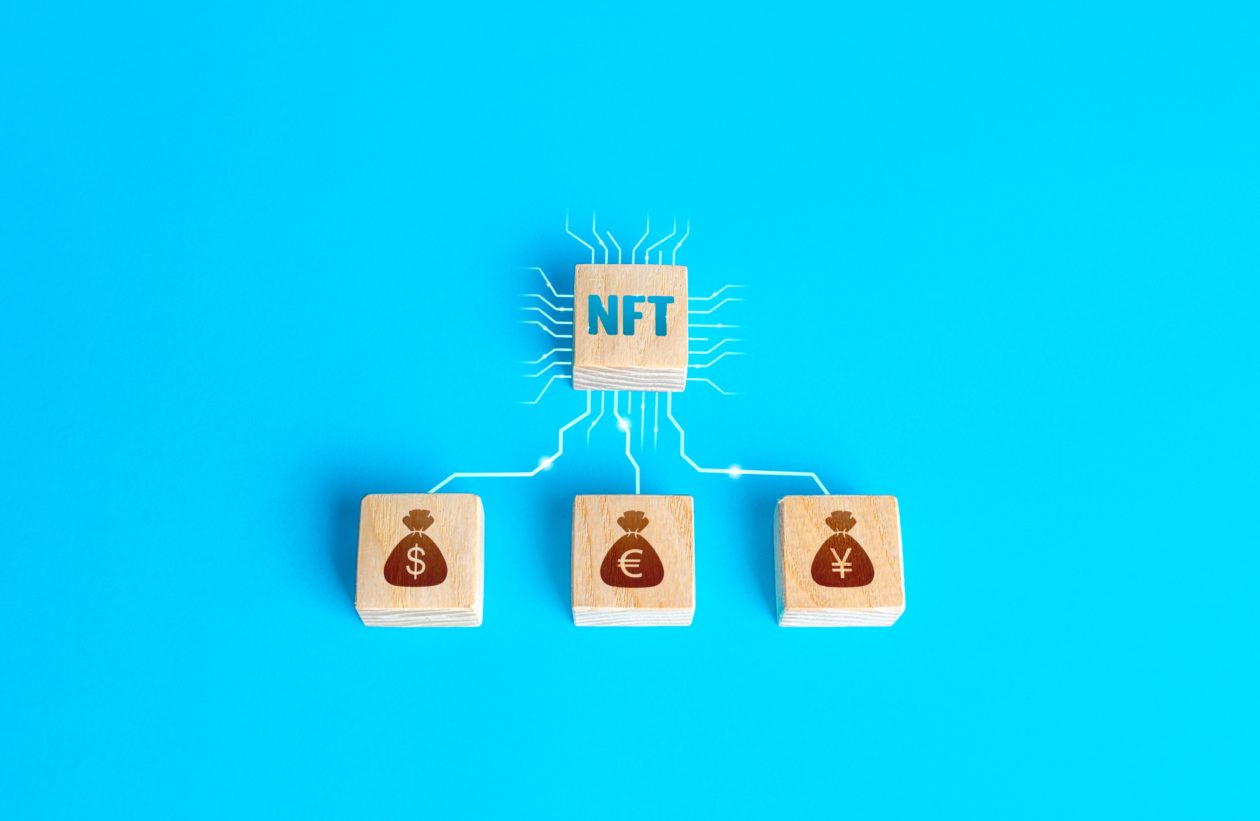NFTs, or non-fungible tokens, are unique, one-of-a-kind items that you can buy rights for through blockchain technology. One of the more popular examples for using NFTs is buying trading cards. NFTs are usually digital, which makes it really easy for creators to put their work into the market. The most expensive artwork sold so far was made by Beeple, and valued at $69 million.
Physical things will go digital
There’s no secret that postage stamps, baseball cards and now Pokemon cards have always been a big market, and like everything else, these things will probably go digital too. Keep in mind that basically anything can be sold as an NFT, including drawings, music, AI and websites.

The NFT market is quite new, so it’s very immature, and there’s quite a bit of trash in there, such as random and worthless stickers or tweets of absolutely unknown people.
“The real potential of NFTs hasn’t been unveiled just yet, but it will be,” Tim Draper, the venture capitalist and blockchain expert, has told me. One of the companies he has invested in “is planning to auction off a real apartment as an NFT, and others are already looking to use NFTs for trading equity of companies.”
“We already have the technology, now the only thing that can stop us is our imagination,” Draper told me.
Meanwhile, investor and a long-time cryptocurrency sceptic, Mark Cuban, sees NFTs as a great way to improve the economy around digital goods, and sees a lot of benefits for decentralized finance platforms built on cryptocurrencies over the traditional financial systems due to the tech that is used.
Demand for NFTs was always here — now we have the tech
Concepts that are similar to the NFTs we see now have existed for many years, although they were traditionally used in significantly more centralized forms. And even before blockchain smart contracts, we never knew about the uniqueness of ownership for digital items like digital sports cards, art pieces, etc. In some cases, it was about having a password or just accepting that others will steal your virtual belongings. Now you can easily have the proof of ownership rights. Yes, it’s still unusual to check it, but as with every new technology, NFTs haven’t been adopted by the less geeky people, and it is still mostly a tool for technology and cryptocurrency enthusiasts.
We should not forget that NFTs have been around since 2012, but 2021 was a year of growth, as cryptocurrencies erupted and various influencers such as Austin Evans, with over 5 million subscribers on YouTube, have talked about NFTs, and big brands such as Taco Bell, have started offering their own NFTs for sale. Some of that has come about because of marketing, hype, and wanting to be “woke,” yet a lot of popularity for these assets is due to the technology.
NFTs simply provide a more efficient way of conducting business. With blockchain, transactions can happen quickly and easily. The technology keeps a record of all transactions connected to the NFT and the property it is attached to, which is useful if you want to trace the original creator of an asset. Lastly, NFTs can include smart contracts that allow automatic actions under specific conditions, which make certain contracts and rules inescapable and cannot be ignored. NFTs are basically what we always wanted all along when investing in art, sports cards and other assets.
Investing and collecting of the digital age
NFTs allow people to invest in assets that were not available before, or in the cases of digital art or sports cards, which were a lot less easily transferable. Similar to physical items, the intangible aspects of a “digital rarity” do have an impact on the value. So whether the NFT has a celebrity endorsement, some kind of brand guarantee, or it’s a sports card of a basketball player with high potential, all of this can affect the price of an NFT, which means that it is a viable investment.
Of course, like with any other investment, purchasing an NFT without thorough due diligence is risky and even plain stupid. There are a lot of over-inflated assets in the NFT market, and only some of them will come out as winners in the future. It is probably smarter to take the approach of venture capitalists and not put anything above 10% of your portfolio into this new form of asset.
As Mindaugas Balčiūnas, director of the International Basketball University has noticed, NFTs are here to stay, even though some of the events in the market are reminiscent of the dot-com bubble.
“There was an enormous sales boom in the market of NBA NFTs, and even though it has cooled off for now, NBA NFTs are here to stay,” Balčiūnas told me. “This scenario reminds me of the crypto boom back in 2017. That’s when everyone learned about it, and cryptocurrencies became more mainstream. Such events are healthy for the future popularity of NFTs, and I see its high potential.”
As NFTs grow, we will see more and more forms of this new kind of asset. Maybe we will be able to buy stocks of some publicly traded companies, or maybe some start-ups will raise money through NFTs. At the end of 2020, the market capitalization of NFTs was around US$338 million, yet there are plenty of reasons to believe that the turnovers of the largest NFT marketplaces will reach billions in just a few years. NFTs are still developing, and I’m sure that NFT marketplaces will be the new medium of trade, storage, and exchange. As soon as the public understands the technological advantages of NFTs, the market will blow up.




